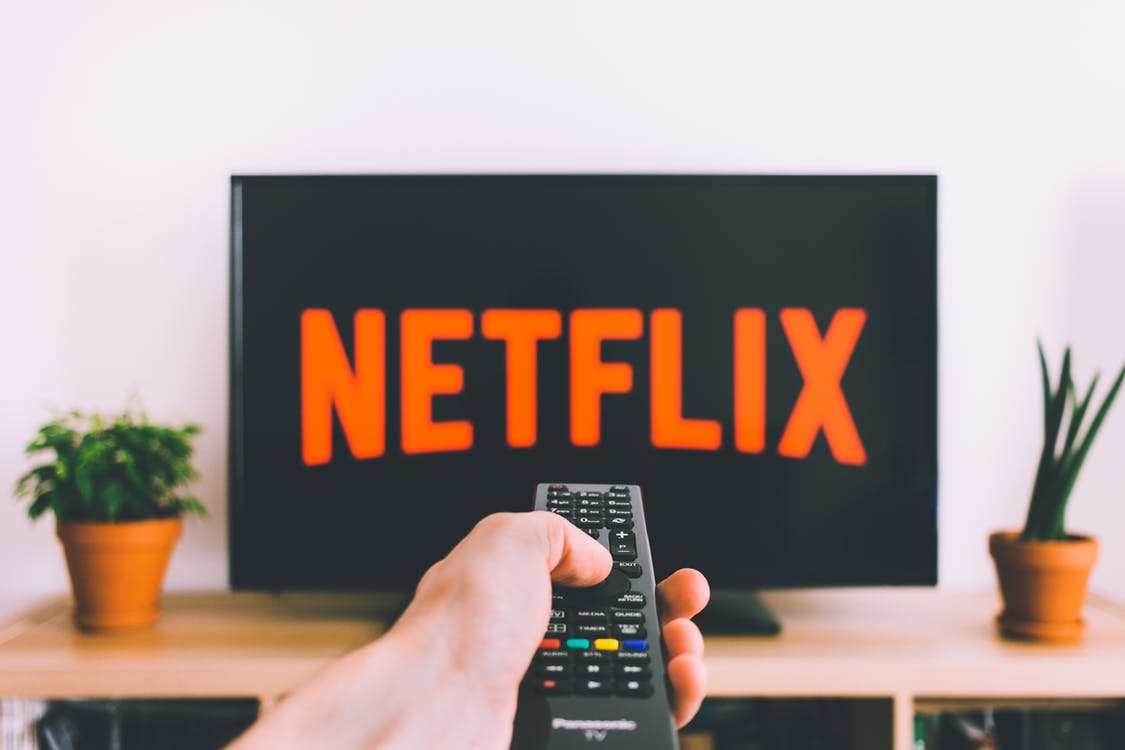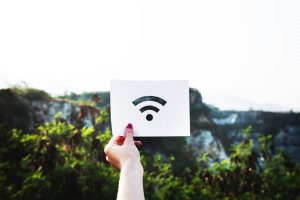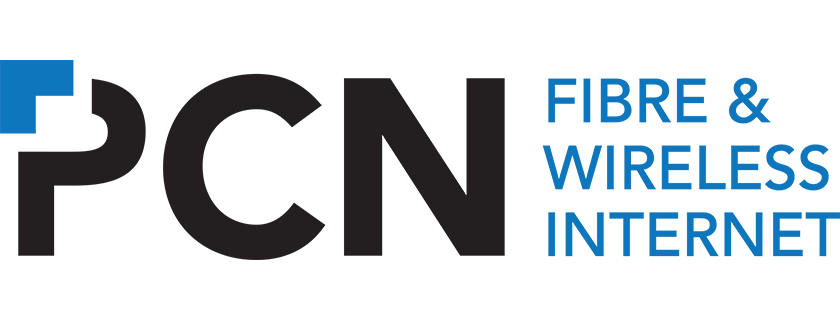
All you need to know about Fibre for your home
We pride ourselves on our customer service, and when it comes to answers we know our customers would rather read them online than phone in and ask. We get a lot of phone calls from uncertain, curious or confused customers, so we’ve compiled a list of your most popular questions to answer. This will be your one stop shop for answers.
Fibre to the Home – Your Questions Answered
– What is FTTH and how does it differ from ADSL?
For years South African have been calling for Fibre, and finally, it’s here! This is an exciting time for internet users. But of course, some don’t know what Fibre is, and we’ll give you a quick rundown before we get into it.
Fibre, or Fibre Optic as its called, delivers data along with their cables through light pulses rather than electrical pulses. The cables are made of thin glass fibre tubes, which makes them thinner, lighter and faster than dense copper ADSL cables and phone lines. This is why fibre is so fast!
With that in mind, FTTH stands for Fibre to the Home. Then there is Fibre to the Business which is deployed differently. FTTH is typically mass deployed suburb by suburb, and in South Africa providers usually mount a small FTTH box on each wall that their cable passes.
This allows providers to connect houses in a less costly manner as opposed to opening up the roads just to connect 1 house. FTTH is a much faster, innovative way to connect to the internet compared to the old unreliable copper lines which ADSL runs on. You’ll find Fibre speeds to be significantly faster than ADSL. Say goodbye to buffering!

– What speeds do I need for streaming?
Even with our lowest possible speed of 10 Mbps uncapped you should have no issues streaming from 1 or 2 devices.
However, if you need to stream with more than 2 devices we strongly suggest a faster line. Streaming can also be affected should other users in your house be performing downloads at the same time.
If you want to be able to stream 4K videos (UHD) we strongly suggest a minimum of 20 Mbps + for 1 device. This will also reduce lag for those that play PC or console games, without interfering with the rest of the household.
Our 100 Mbps line offers are perfect for families who don’t want to experience any buffering and those who don’t want to worry about any bandwidth management. This is also ideal for larger families with multiple devices.
– Is FTTH less expensive than ADSL?
Generally yes. While fibre installation a little more at the start, you don’t need to have additional services added that you may not need.
For example, you do not need to have a landline, which can reduce your cost drastically, resulting in cheaper rates than the rates supplied by ADSL and telephone line providers.
– How do I get FTTH?
Start off by looking on our website to check if you have coverage in your area, or to be 100% sure send us an email to our support centre – support@pcn.co.za. From here our technical sales department will contact you and help you get connected quickly in the best way possible.

– Why is my wireless slow?
There are multiple reasons why wifi can be slower than connecting directly to your router with an ethernet cable. There are also various wifi frequencies and modes available depending on your device that connects to your wifi.
The latest and fastest wifi is 5ghz AC mode which we recommend to all our clients.
Another reason for bad wifi could be the distance between the router and your device. Glass and concrete also have an effect on the quality of your wifi connection, as they obstruct the connection.
There can also be what we call Environmental interference from other equipment (such as your neighbour’s wifi on the same channel). This can also affect your speeds. It’s important to ensure that devices close to you use different channels than your wifi. There are various applications these days that can be installed on your mobile phone to see interference in your area and fix your connection issue.
– Do I need my landline?
No. You do not need a landline to get FTTH services. That the joy of Fibre services, you don’t need anything you don’t want or have a use for. You save costs on not having a landline.
– Am I able to get a phone line on FTTH?
Yes. If you do want a phone line but don’t want to pay for an extra landline, you can use your Fibre line to make calls. This service is called VOIP. VOIP stands for Voice over Internet Protocol. This is a method of transferring voice over your existing Fibre internet line.
You will need a special VOIP telephone which we can provide and setup. You are also able to transfer your existing telephone number over to this service and therefore cancel your old service. VOIP call costs are much cheaper than traditional telephone services.
– Why is my internet not working?
There are a couple of checks that you can do at home before calling us. The obvious first check is to ensure that there is power to your ONT by ensuring the lights on it are on or flashing.
Your fibre line usually connects into a device called an ONT (this can differ between open access providers) which has a light indicating if there is a fibre line fault. Certain ONT’s differ from model to model, but a Fibre break will generally be indicated by a PON or optical LED light being off or shining red. Some ONT’s have an alarm LED which would indicate that there is an issue on the fibre line.
This would then need to be reported to us in order for us to log a fault with the provider. You could either do this via email (If you have access) to support@pcn.co.za or telephonically to our call centre.
That’s it! If you have any other questions, feel free to contact us. We’ll likely add further questions and answers to this list at a later date once more questions become apparent. Thanks for reading, and we certainly hope this article helped!



